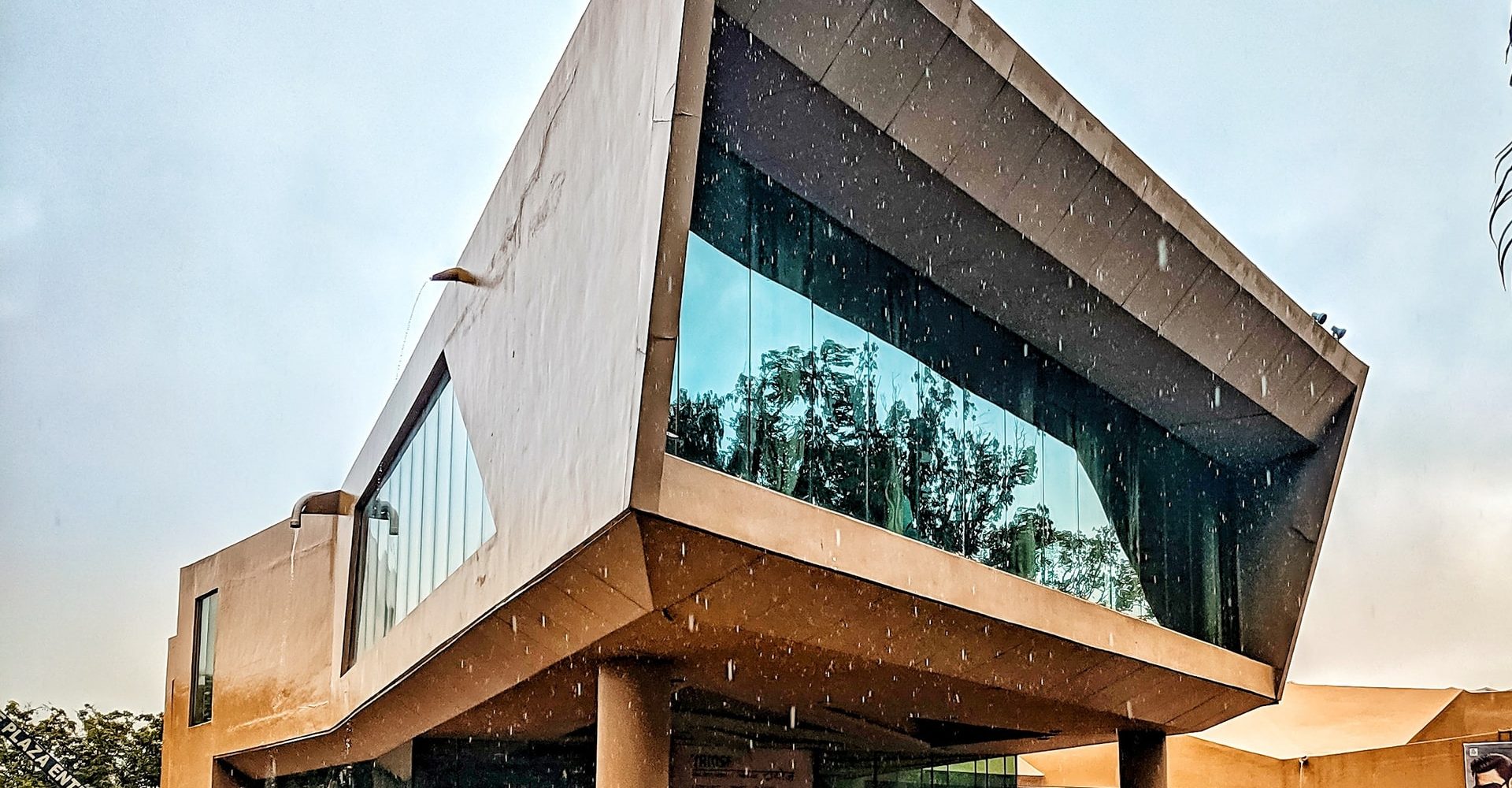
Building Information Modeling (BIM) is a technology that helps architects, engineers and engineers to design buildings faster. It makes it easier for them to visualize the project in 3D and accurately reflect all details of the building. It also helps them understand their clients’ needs better. With BIM, you can use 3D models to plan how a structure will look like before you start building it. This way, costs will be saved because changes can be made easily while they are still in their preliminary phase rather than when they are already built..
Building Information Modeling (BIM)
Building Information Modeling (BIM) is a design and documentation process that uses life-cycle data from building project teams to create a digital representation of a building. It will help to improve the quality of the design and construction process, reduce waste and rework, and improve coordination between project team members.

BIM is an integrated process for design and delivery of a building connecting all phases: design, construction & operation. To increase its importance in today’s society we need more awareness about it among all stakeholders involved in designing or constructing buildings: architects/engineers; contractors; suppliers; consultants etc., as well as clients who want their dream house built according to their preferences at various stages during construction process
GIS is a computer-based system that stores, integrates and analyzes data related to the geographic location of objects.
GIS can be used to store and manipulate spatial data such as maps and images; it can also be used to capture, store, manipulate, analyze and manage all kinds of spatial or geographical information
GIS and BIM both can be used together to create a more systematic workflow. GIS data and maps can be used in BIM to create more accurate models, while BIM data can be used in GIS to create more accurate maps.
BIM is useful for creating virtual models of structures, but it also provides information about the surrounding environment that could help you make better decisions about where new buildings should go or how they should look from different angles. This information is especially important if you want to use your building as an asset management tool (e.g., through parking lot design) or even simply as part of your branding efforts; having such a complete understanding of what your presence looks like will allow you to communicate this message clearly with anyone who might see it!
BIM is the future of GIS. It allows you to create a digital model of a building before it is built, which can then be shared with other parties in order to collaborate on the design process. This means that when you are working on your next project, you can have all of your team members working from the same location and using similar software tools as they work together to develop their own designs for each site. This also means that any changes made by one person will automatically appear for everyone else who uses those same tools (such as Autodesk Revit).
BIM helps people communicate better because it makes them think about how buildings are constructed rather than just drawing them out by hand or using traditional CAD programs like AutoCAD or Revit Software Systems’ Project Browser software suite.”
You have seen that BIM and GIS are two different technologies. However, there is a way to use them together for better results.
BIM and GIS are both important tools for any architect or civil engineer who wants to get more out of their building project, but they need not be used in isolation from one another—they can be used together!
With the increasing importance of BIM, it is imperative for CAD companies to focus on including features that support the integration of BIM with GIS.
With the increasing importance of BIM, it is imperative for CAD companies to focus on including features that support the integration of BIM with GIS. It can be used in conjunction with other tools such as CAD or 3D modeling software to help create accurate models of your building’s construction process.
BIM and GIS are complementary to each other because they work together to provide users with a more complete understanding of their project’s design process. If you have access to both platforms then you will be able to see how they interact when it comes time for construction planning or document review by others within your company who aren’t familiar with either technology but need detailed information about what goes into creating an accurate representation of reality (i.e., 3D models).
BIM and GIS are not just tools for the construction industry. They can be used by any company, in any industry, to improve their efficiency and productivity. By using BIM and GIS together, you will gain more insight into your business operations and develop more accurate models which can then be used to create specific solutions that fit perfectly within your overall strategy.